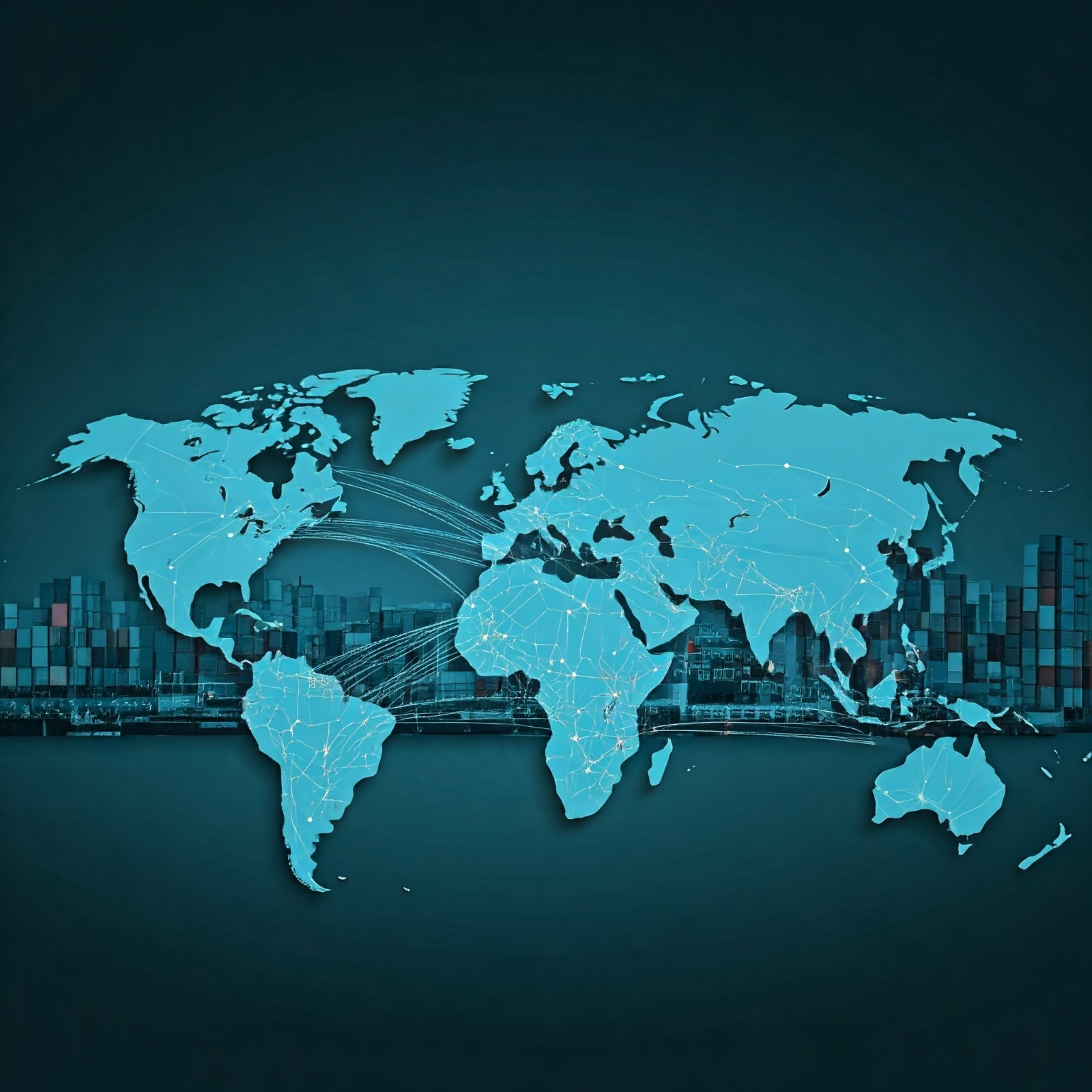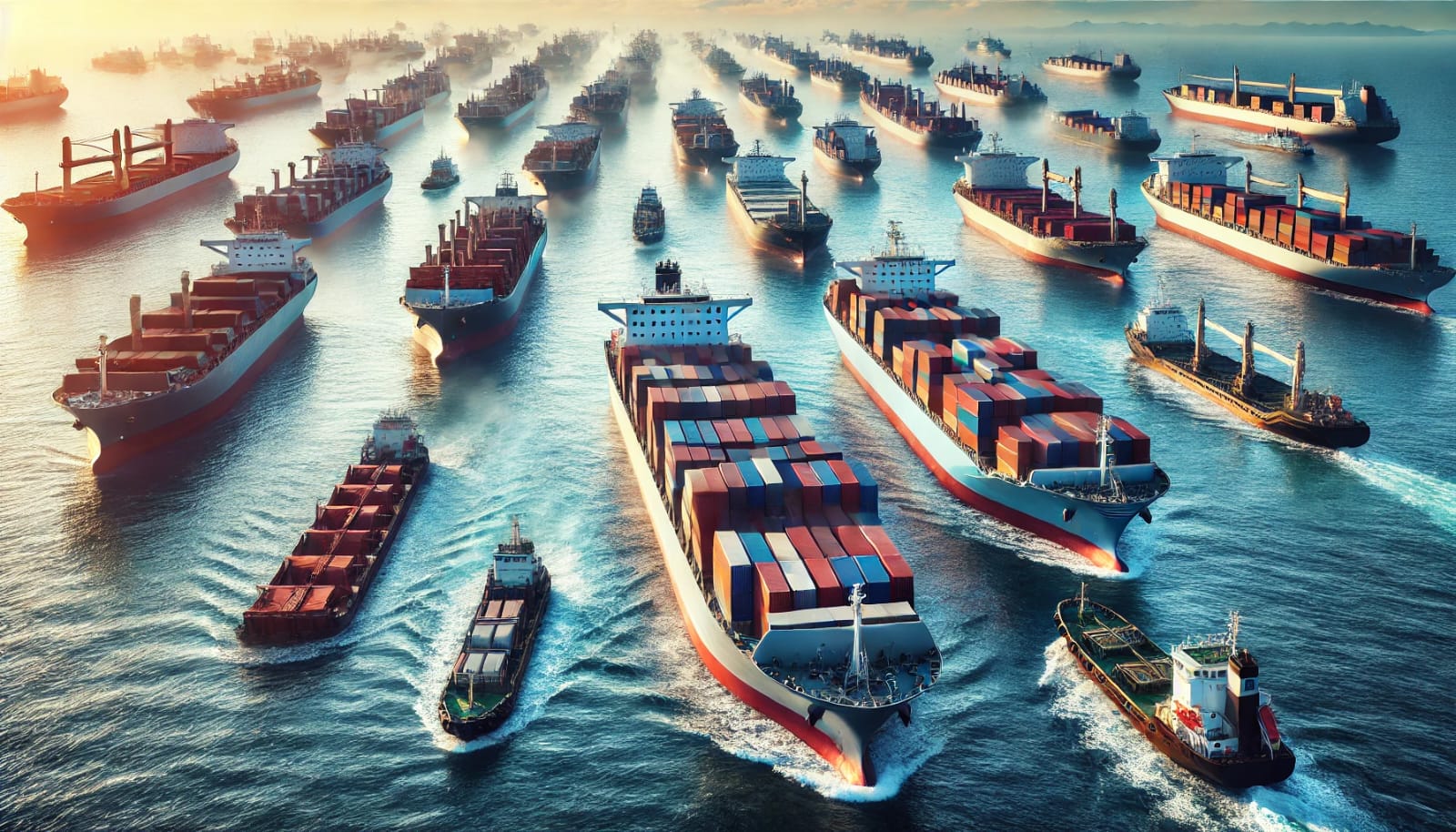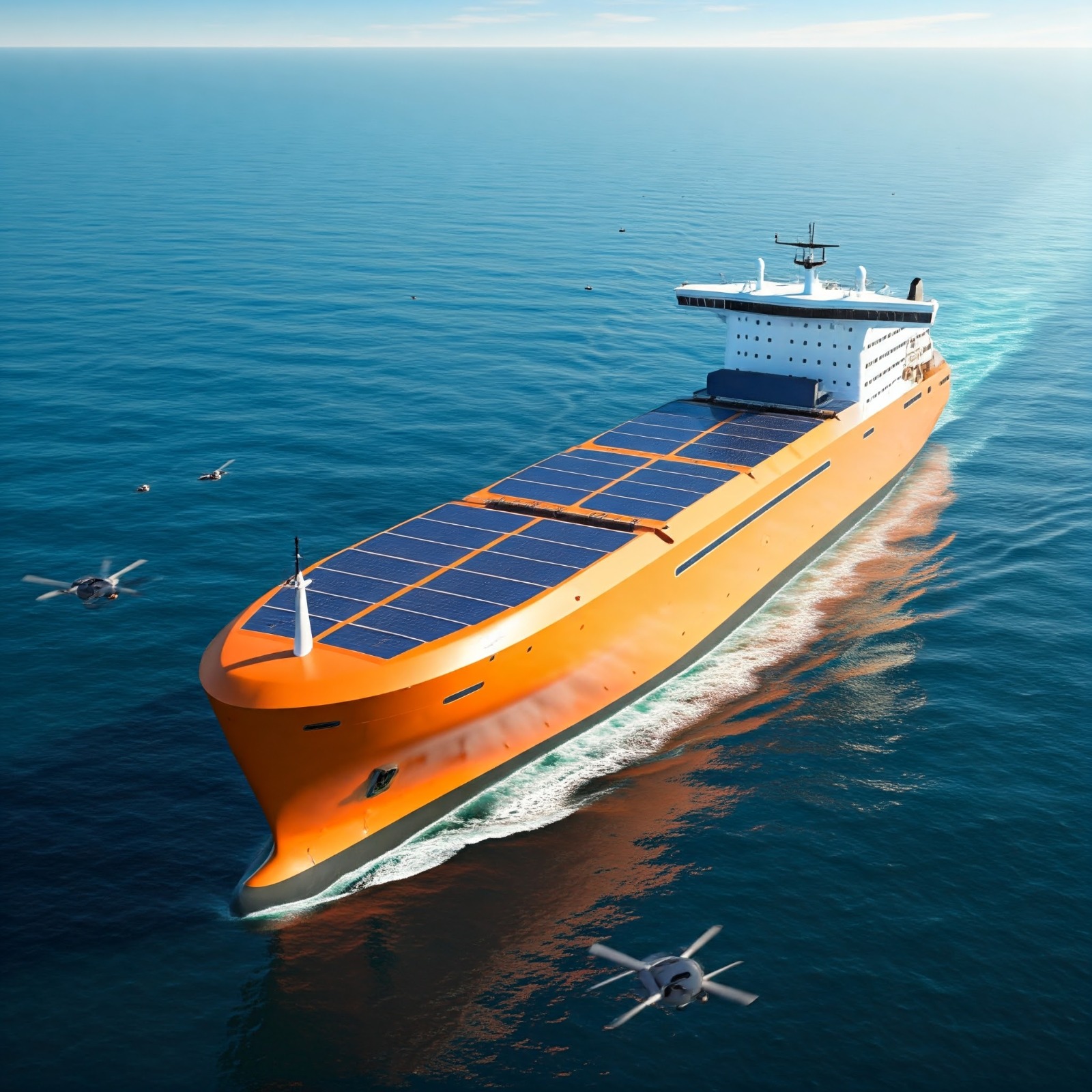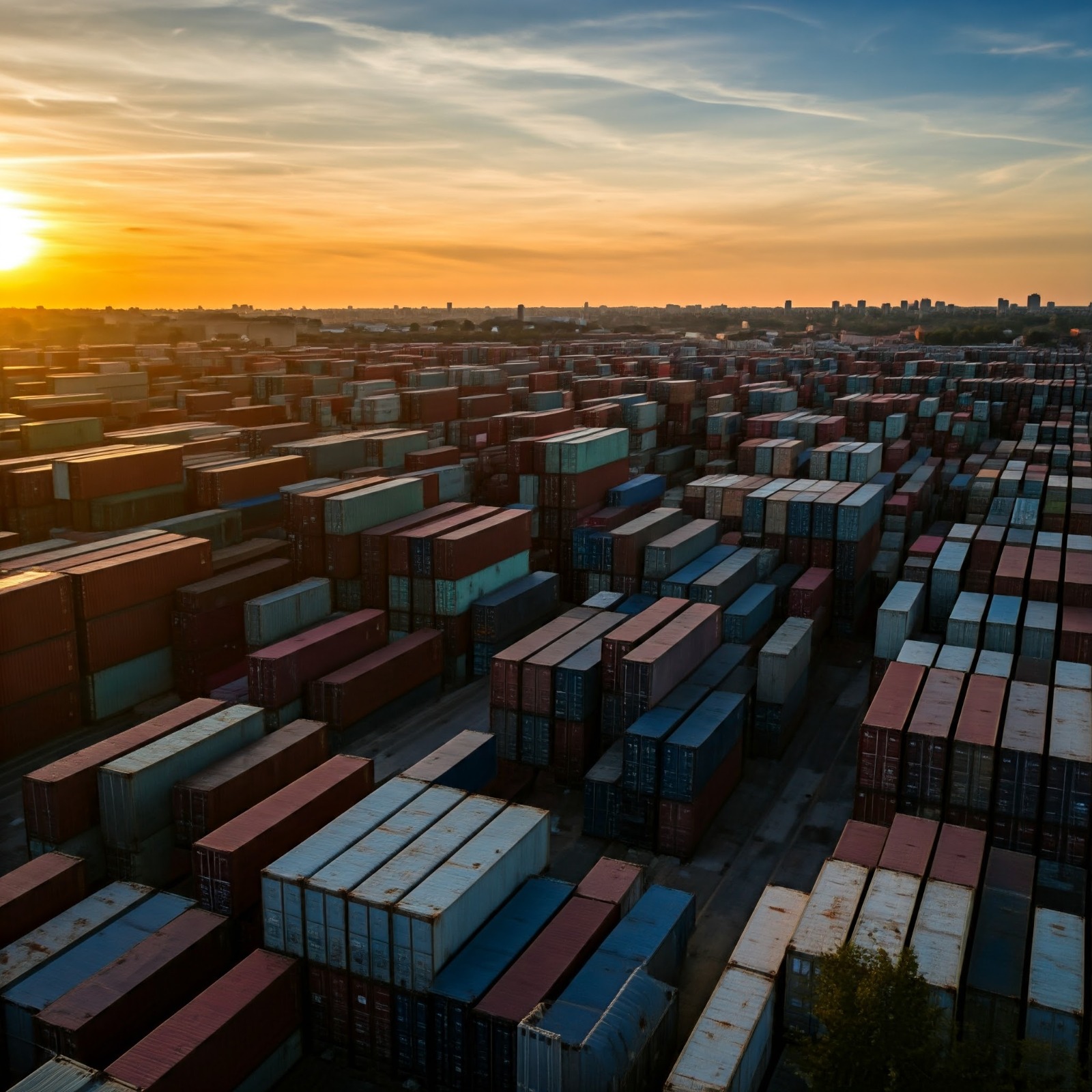Navigating the Global Marketplace:
A Guide to Freight Companies Freight companies are the backbone of modern international trade, facilitating the seamless movement of goods across borders. Whether you're a small business looking to expand your market or a multinational corporation shipping large quantities of products, understanding the different types of freight transportation is essential.
• Choosing the Right Freight Company
When selecting a freight company, consider the following factors:
Services Offered: Ensure they provide the specific services you need, such as customs clearance, insurance, and tracking.
Network and Coverage: Check their global network and coverage to ensure they can reach your desired destinations
Reputation and Reviews: Research their reputation and read customer reviews to assess their reliability and service quality.
Pricing and Cost Transparency: Compare quotes from different companies and ensure they provide clear pricing information.




